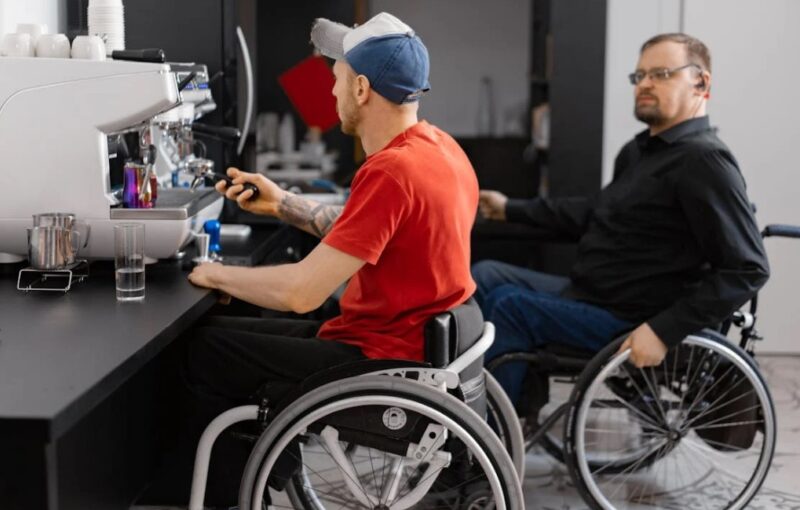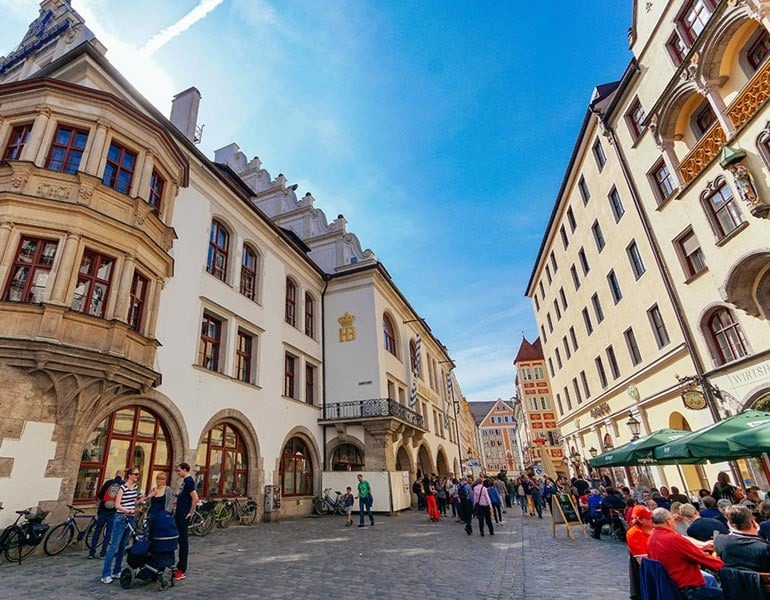Creating a life-like model or image of a real or fictional object makes use of visual effects. For visual effects, virtual reality makes use of pose tracking and three-dimensional near-eye displays to create an immersive experience for the viewer. To create visual effects, it makes use of modeling software that renders a 3-dimensional model to its two-dimensional shape and form, so much so that it appears life-like.
Movie makers, game developers, and modelers who use virtual reality all make use of vfx studios to create effects that draw the attention of their audiences and give them a truly immersive experience.
The Art Of Creating Like-like Virtual Images
Creating an accurately detailed object or simulating an environment is never easy. Moreover, if you are to create a parallel universe with otherworldly creatures like demons, angels, and weapons, matching the creation with the imagination becomes all the more challenging.
Illustration experts are always cautious that the virtual image that they create does not look out of proportion or fake. So here are the points that most illustration experts keep in mind when creating a virtual universe.
Following The Reference Points
Illustration experts make use of reference points to create the visual effect. Sketches, images, or pictures are the usual reference points from which the final virtual image is created. For virtual reality, different types of modeling are considered: model-based, image-based, and mixed type.
Image-based models put into use two-dimensional images of a scene to build up a model. In the case of model-based rendering, the developers recover the geometry of a real scene and then render it from the virtual viewpoint. Here, rendering means the conversion of three-dimensional models to their two-dimensional form so that they provide the effect and the feel of real objects.
Pay Keen Attention To Topology
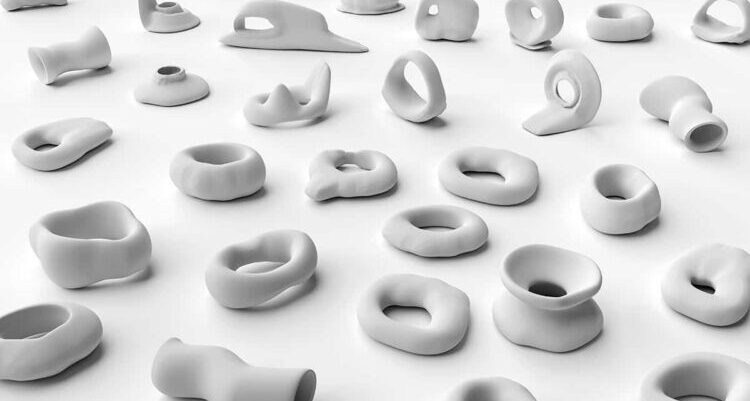
The geometry or topology of an object is defined by features like its shape, size, and structure of the model. Usually, the more attention that is paid to the topology of the model, the better the execution of the model. Usually, small units called polygons are used to create complete objects.
Polygons are made by placing a number of points in space. A triangle is a polygon that is formed by joining three points. Similarly, a cube is a polygon that is made by joining six points. A simple polygon is used as the starting unit, and then other polygons are added to it to give the final shape and form. For instance, if you are building a dog, then you can start with a cube for the main trunk or the body of the animal.
Further, details like the tail, the head, etc., can be added later by adding other polygons to it. Thus, a final model makes use of faces, edges, and vertices to create a complex and life-like image.
It is usually better to use four-sided polygons than using a triangle or a polygon with six or more vertices; it is because hexagons or pentagons are more difficult to work with. With the existence of modern software, it is easy to create a final model, but a modeler has to know which software to use.
Factors like the compatibility of the modeling software and the integration of the software with other tools that you use are important criteria that must be considered while selecting software.
Pay Attention To The Texture Of The Model
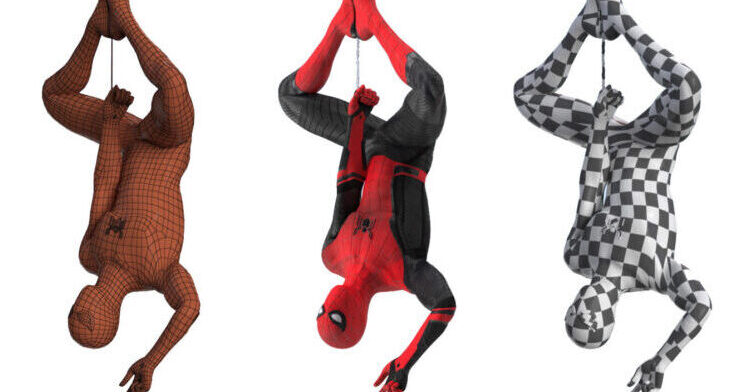
Creating the right texture is essential for giving a life-like feel to an object. Adding the texture or color balance to a model that is close to nature is not easy. Creating ripples in water or making a leaf where light falls on the leaf blade is challenging. Modern tools that use artificial intelligence to mimic real-life textures can be used to create accurate textures in a model.
Moreover, the lighting used in the modeling also has a key role to play in the final texture that is created. Different lighting techniques, such as directional (where the light falls in only one direction) or omnidirectional (where the light spreads out in all directions), are used. Usually, a point source of light is used to create an omnidirectional lighting.
Different types of maps, like diffuse maps, specular maps, etc., are used to create color patterns, reflectivity, and other finer details in a model.
Creating the right texture and feel is all the more difficult when a person is making a model for a fictional object, say, like objects in a parallel universe. In such cases, it is best to take into consideration the ideas of the game developer, the director in the case of a movie, the animation expert, etc., to create an object that lives up to every person’s expectations.
Test The Model
It is always advisable to test the model that you have created before the rendering step. Testing at an early stage helps detect flaws quickly, and it helps in the quick correction of flaws.
Rendering Stage
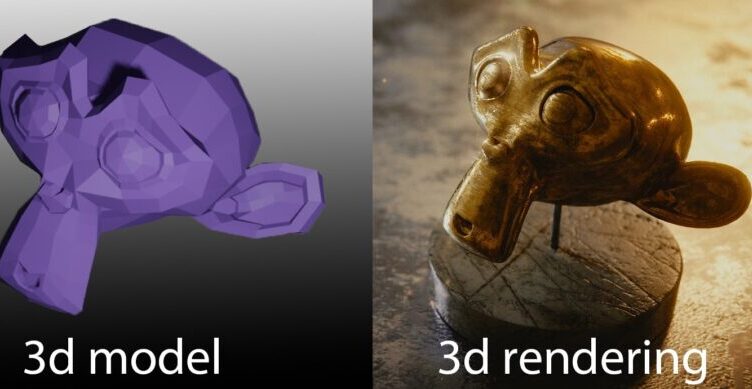
Rendering is the use of software to transform a three-dimensional model into a two-dimensional form. Rendering can be comparable to taking a photograph. In the case of photographs, the camera converts a three-dimensional object, say a tree or vase, into a two-dimensional form in terms of a photo. However, in the case of visual effects, there is no camera but computer software that achieves the rendering.
Conclusion
Depending on the kind of project that a person is working on, the game developer or the art director will give a reference for the model that he wants to create. As a good modeling expert, you should try to stick to the brief as closely as possible.
Playing around with vertices (points), edges, and polygons in space is challenging. Getting the correct model that has the right texture and topography takes a lot of effort. The variety of software available makes the life of a modeler easy, but choosing the right kind of software is the key to creating the best virtual reality effect. See how realistic VFX gets in comparison to real-life scenarios.
Related Posts:
- Unlocking User Delight: Mastering Visual Hierarchy…
- Crafting Visual Marvels: Deep Dive Into VFX…
- What Are the Benefits & Effects of Smoking CBD – 2024 Guide
- How Long Do the Effects of Hyperbaric Oxygen Therapy…
- How to Use Massage to Combat the Effects of a Long Flight
- 5 Tips For Creating A Clever Social Media Marketing Plan



